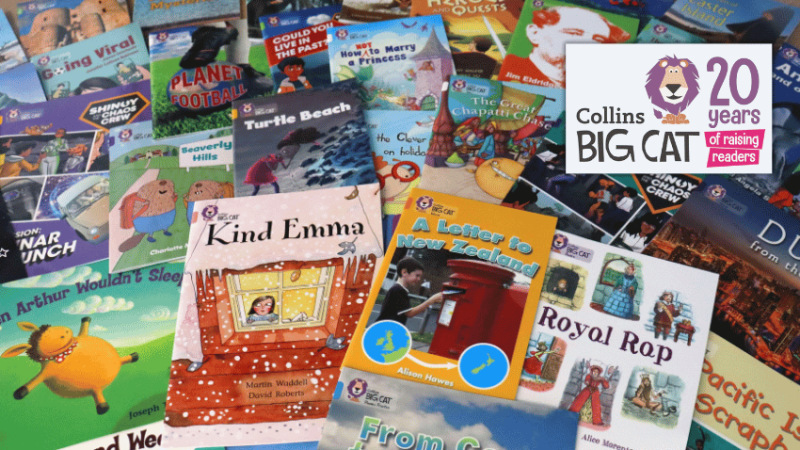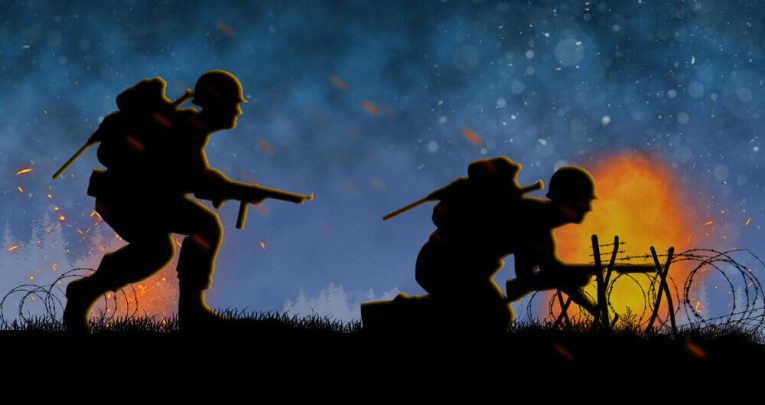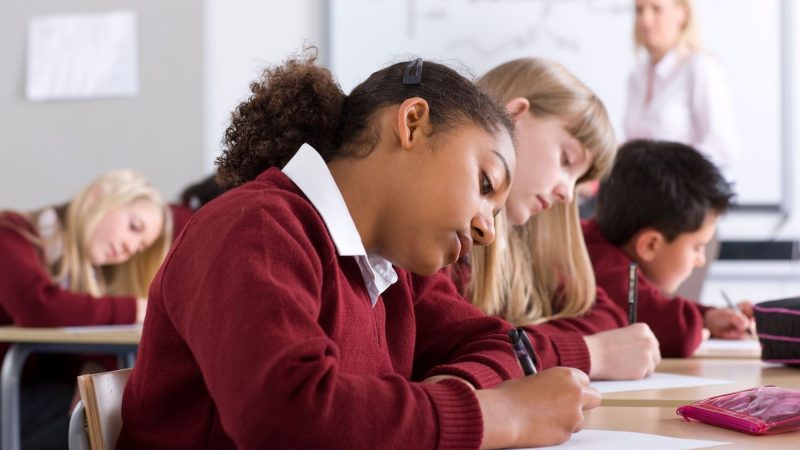Conjunctions – Subordinating & coordinating KS1/KS2 ideas
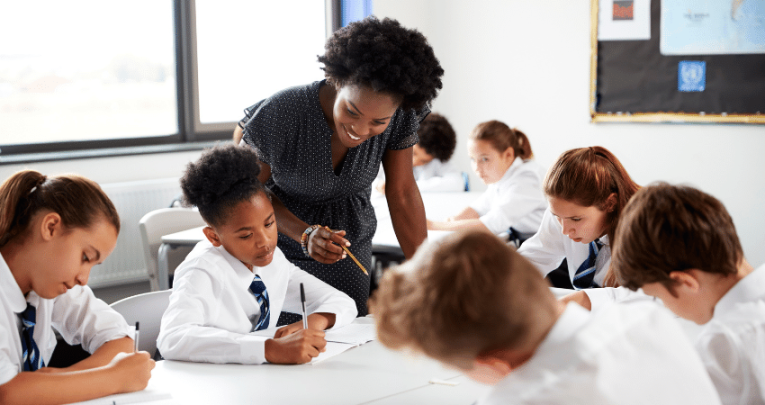
Buckle up for a captivating exploration into the world of coordinating and subordinating conjunctions, as we uncover the best teaching ideas and resources around…

- by Teachwire
- Classroom expertise and free resources for teachers
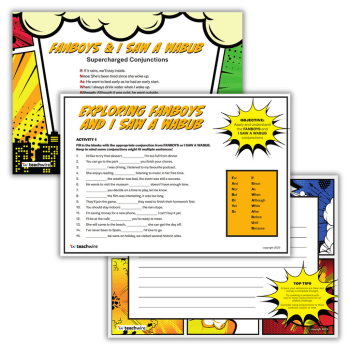
Coordinating and subordinating conjunctions are the unsung heroes of sentence structure. These linguistic building blocks play a crucial role in connecting ideas, creating fluidity and imparting depth to students’ writing.
Here we unravel the secrets of conjunctions, exploring engaging strategies and activities that will transform your English lessons…
What are conjunctions?
imagine conjunctions as the superhero sidekicks of language. Coordinating conjunctions link words or groups of words with equal importance, like partners in crime-fighting. On the other hand, subordinating conjunctions add depth by showing a relationship of dependence, much like a hero relying on their trusty sidekick.
Together, these linguistic allies help your young learners construct sentences that flow seamlessly.
What are coordinating conjunctions?
Coordinating conjunctions are like the glue that holds words, phrases, or clauses together, creating strong and balanced structures.
When we use “and” for example, it’s a signal that two ideas are joining forces, working together equally. “But” introduces a contrast or conflict, while “or” presents a choice.
Coordinating conjunctions list
FANBOYS stands tall as the superhero team of coordinating conjunctions. Each letter unveils a powerful player:
- For
- And
- Nor
- But
- Or
- Yet
- So
These conjunctions work side by side with main clauses, allowing students to craft sentences that balance and connect independent ideas.
Picture them as the architects, laying the foundation of a sentence and providing robust links between equally significant thoughts.
“Picture them as the architects, laying the foundation of a sentence”
Coordinating conjunction examples
- I won’t eat chillies for they are too spicy for me.
- Goldilocks ate their porridge and slept in their beds.
- Stevie won’t drink milk, nor will he eat eggs.
- I enjoy geography but not RE.
- My phone is either in my bag or on the table.
- She doesn’t try very hard, yet she still does well.
- We cleared the table so we could play a board game.
What are subordinating conjunctions?
Subordinating conjunctions are like the tour guides of the sentence world. They bring in bits called dependent clauses. And here’s the catch: a dependent clause is a bit shy.
On its own, it doesn’t quite know what to say or how to be a complete sentence. But when you pair it up with an independent clause, magic happens. Let’s break this down with “Although”:
Solo dependent clause: “Although she was tired.” (See, it feels a bit incomplete, right?)
Jazzed-up full sentence: “Although she was tired, she finished her homework.”
Now, the fun bit about dependent clauses is that they’re flexible. They can either kick things off or wrap things up:
Leading the way: “Before I go to bed, I always read a book.”
Closing with flair: “I always read a book before I go to bed.”
These conjunctions aren’t just connectors; they’re storytellers. They spill the beans on relationships between ideas. That might be time, reason, contrast, or conditions. Here are some more examples:
If (setting a condition): “If it rains, we won’t go to the park.”
Since (talking time or reason): “Since I started exercising, I’ve felt on top of the world.”
As (pointing out a cause): “As it was raining outside, we cosied up indoors.”
Subordinating conjunctions list
- After
- Although
- As
- As if
- As long as
- Because
- Before
- Even though
- If
- If only
- Now
- Now that
- Once
- Rather than
- Since
- So that
- Than
- That
- Though
- Till
- Unless
- Until
- When
- Where
- Whether
- Which
- While
Subordinating conjunction examples
- Gina has been thrilled ever since Jenny arrived.
- The dog is barking because he wants to go for a walk.
- We need to clean up so that the classroom is tidy for tomorrow morning.
- I like living here even though the neighbours can sometimes be noisy.
A White Bus mnemonic
Before you hit play on this video, be warned that this song is set to the tune of ‘We Like to Party! (The Vengabus)’ by The Vengaboys. And as far as earworms go, this slice of Europop digs deep. It may be in your head for days.
But, there is a reason for its use here. One, it’s memorable, but two, it also helps children to recall some key subordinating conjunctions using the mnemonic ‘A White Bus’ (also commonly extended to ‘On a White Bus’):
- Once, Only if
- Now that
- After, although, as, as long as, as though
- When, whenever, where, whether, which, while
- How, however
- If, in case
- Than, that, therefore, though
- Even if, even though
- Because, before
- Unless, until
- Since, so that
Conjunctions KS1 resources and ideas
Subordinating conjunctions KS1
Year 2 subordinating conjunctions grammar worksheets lesson pack

This powerful KS1 grammar resources pack from Plazoom provides everything you need to teach a series of five lessons on subordinating conjunctions (when, if, that, and, because) in Year 2, culminating in an extended writing task where children can use their grammatical understanding in context.
It includes a subordinating conjunctions PowerPoint, sentence and subordinating conjunction PDF cards, a challenge sheet, an uplevelling sheet, a writing plan, writing paper and teacher’s notes.
Coordinating conjunctions KS1
Year 1 using ‘and’ to join words and clauses

This pack from Plazoom contains all you need to teach a Y1 lesson on using the coordinating conjunction ‘and’ to join words and clauses, or to revise the topic with pupils. You’ll get a card sort activity, worksheets and teacher’s notes.
Year 2 coordinating conjunctions grammar worksheets lesson pack
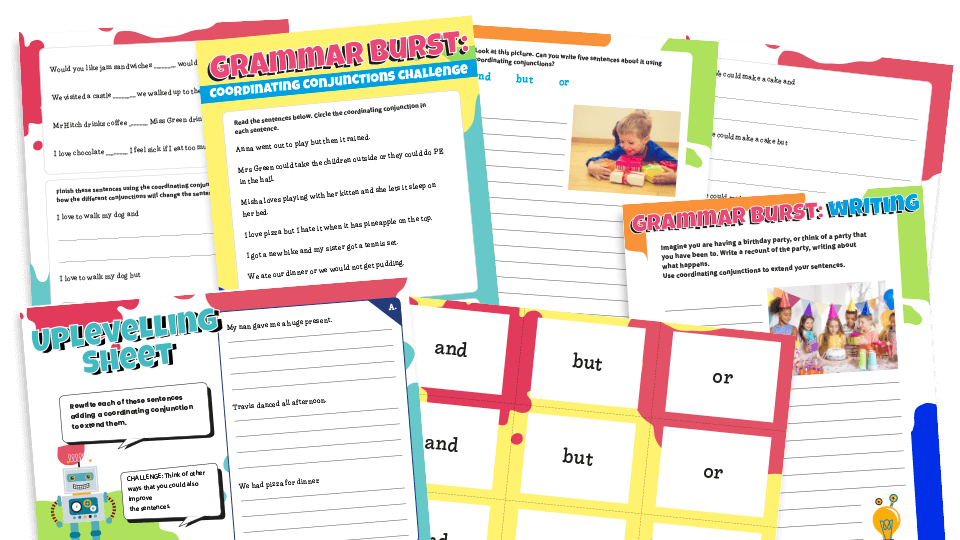
This Key Stage 1 grammar resources pack from Plazoom provides everything you need to teach a series of five lessons on coordinating conjunctions (or, and, but) in Year 2. The lessons culminate in an extended writing task where children can use their grammatical understanding in context.
Time conjunctions KS1
Time conjunctions are words that link different parts of a sentence and indicate when an action is happening. For KS1 learners, common time conjunctions include “when”, “before”, “after”, “while” and “during”. These words help students understand and express temporal relationships between events in a sentence.
Here are some examples of sentences with time conjunctions:
- We go to the park when the sun is shining.
- We have dinner after we finish our homework.
- Brush your teeth before you go to bed.
- He eats his snacks while watching cartoons.
Conjunctions KS2 resources and ideas
Sentence generator
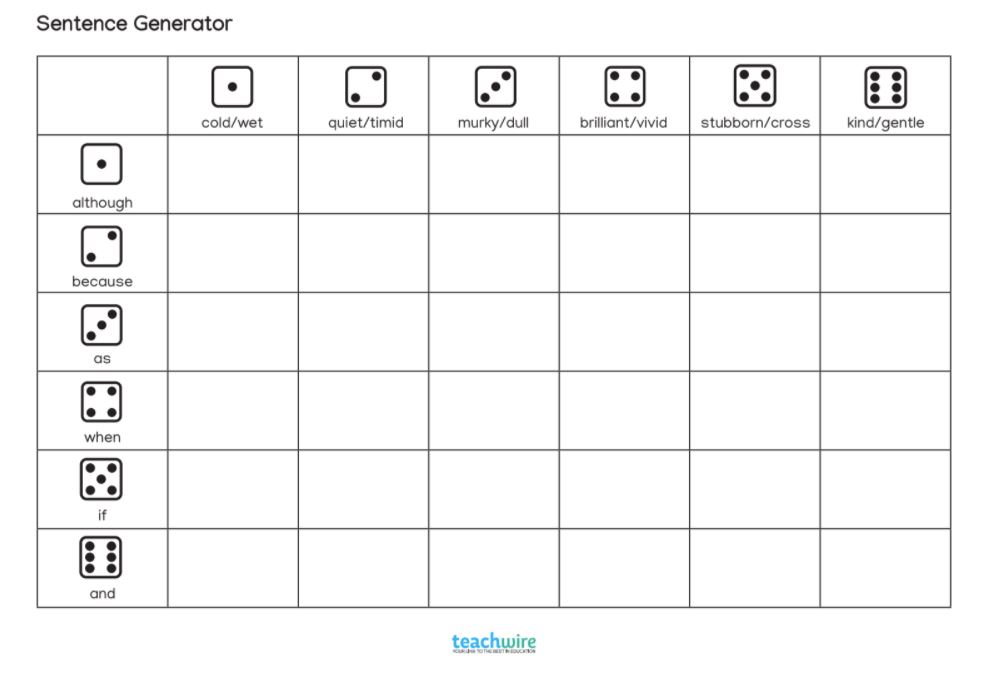
Download our free sentence generator dice activity and build sentences around the given conjunctions and adjectives by selecting an appropriate noun.
For example, if a child rolls a one then a three, they must include the conjunction ‘although’ and the adjectives ‘murky’ and ‘dull’ in a sentence. The challenge here is that all the other words they use must be appropriate too. An example sentence might be: “Although the sun was out, it was murky and dull in the forest.”
Get children to record the words they’ve used by putting an ‘X’ in the box. They can then roll the dice again and repeat the activity a number of times.
Subordinating and coordinating conjunctions worksheets

If you’re teaching subordinating and coordinating conjunctions together, this KS2 grammar resource from Plazoom provides model sentences for over 50 different conjunctions, including FANBOYS (‘For’, ‘And’, ‘Nor’, ‘But’, ‘Or’, ‘Yet’, ‘So’)
It’s perfect for display and table activities in Year 3 and 4, as well as revision in Year 5 and 6
Subordinating vs coordinating conjunctions
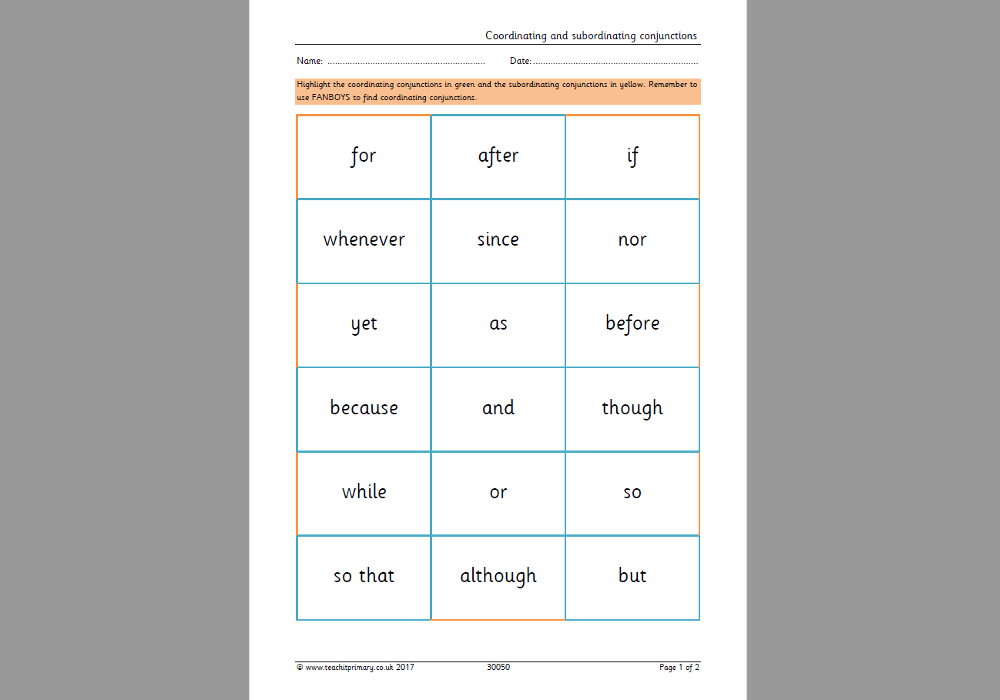
This free worksheet asks students to pick out which conjunctions are subordinating and which are coordinating. An answer sheet is included.
Year 6 conjunctions story starters
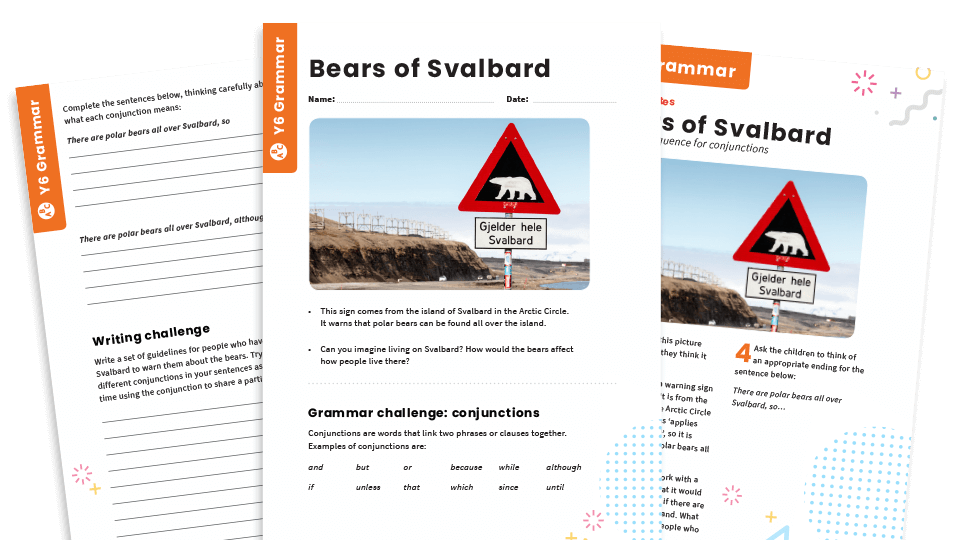
This teaching sequence from Plazoom has been designed to help children revisit and recall conjunctions in Y6.
Trending
The session provides a motivating and memorable image to stimulate discussion, and children have time to practise using conjunctions, before undertaking a short writing task to apply what they have learnt in the context of creative writing.
Subordinating conjunctions KS2
National Curriculum English programme of study links
Use subordinating conjunctions (eg when) to introduce a subordinate clause.
App sentence builder
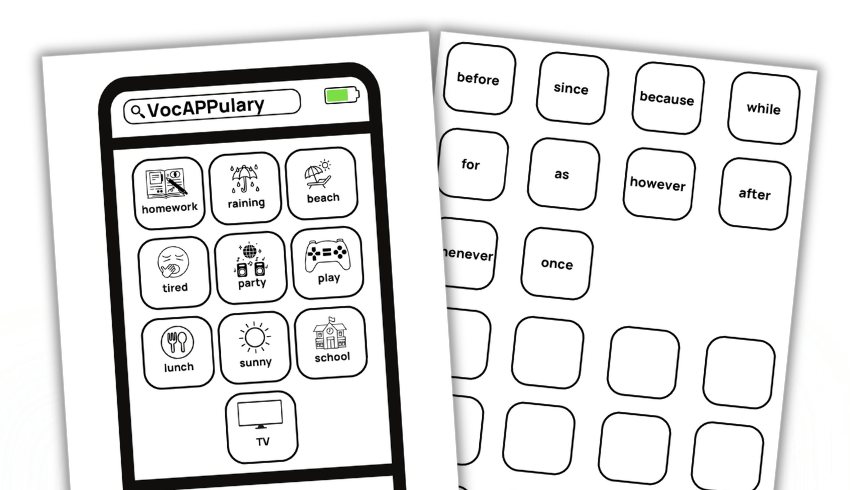
Print out this PDF template, cut around the subordinating conjunctions then stick them on top of the ‘app’ graphics. Now challenge students to write sentences that use the subordinating conjunction and the corresponding theme.
Year 3 subordinating conjunctions resources
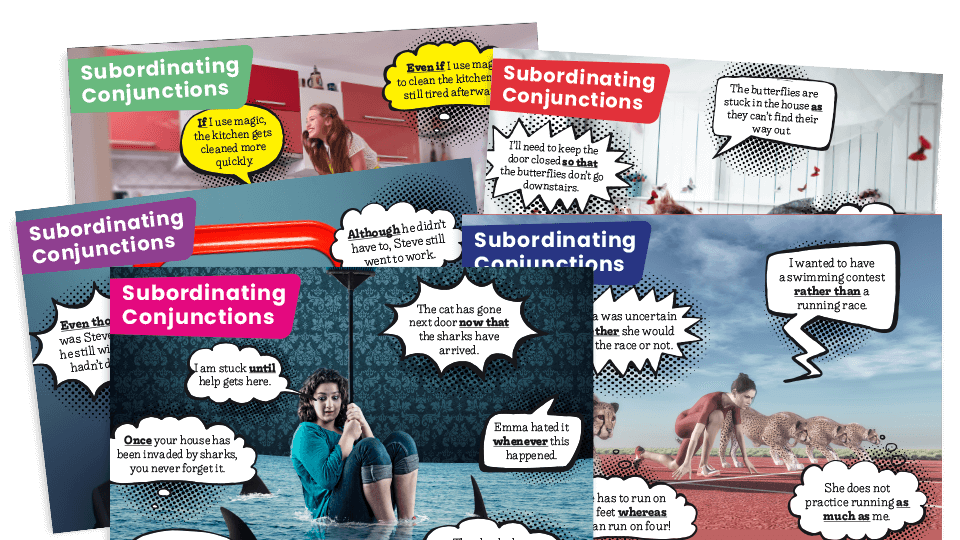
This classroom display pack (pictured above) features a set of six posters illustrating a range of subordinating conjunctions, using eye-catching images surrounded by example sentences. Plus, you get blank versions of the posters so children can add their own text suggestions.
Coordinating conjunctions KS2
Coordinating conjunctions classroom display poster packs
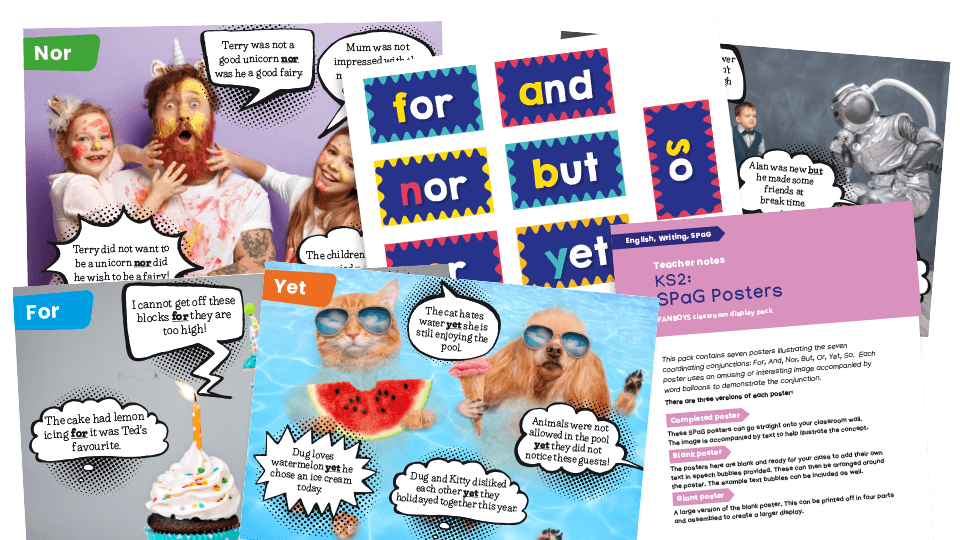
These classroom display packs features a set of seven posters illustrating the FANBOYS set of coordinating conjunctions, using eye-catching images surrounded by example sentences.
Blank versions of the posters are also included, so children and teachers can add their own text suggestions. Click here for poster pack 1 and poster pack 2.
Year 3 Coordinating Conjunctions Grammar Worksheets Lesson Pack
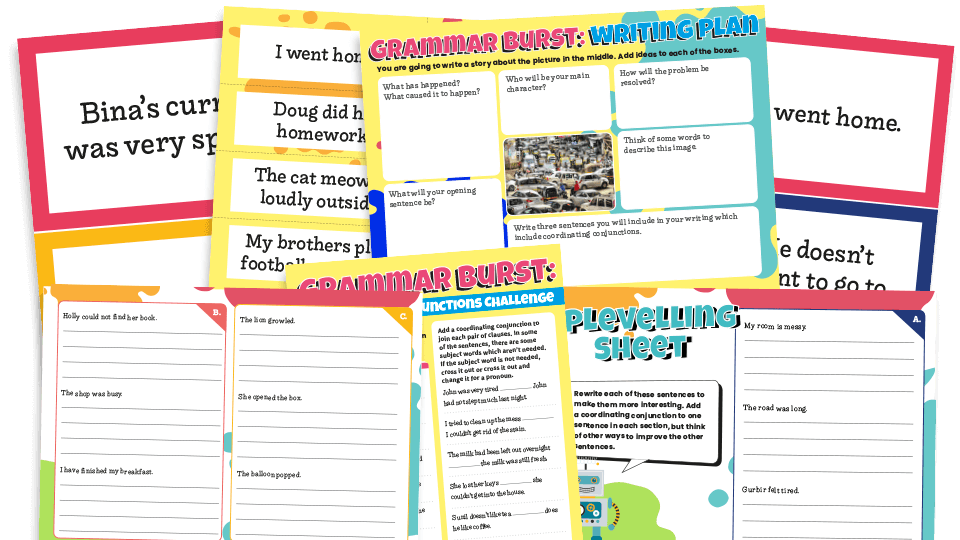
This KS2 PDF grammar worksheet resource pack from Plazoom provides everything you need to teach a series of five SPaG lessons on coordinating conjunctions, culminating in an extended writing task where children can use their grammatical understanding in context.
Find out more about Plazoom.
Causal conjunctions KS2
Causal conjunctions, such as “because,” “since,” and “so,” serve as linguistic tools that connect ideas by explaining why something happened or its consequence.
These conjunctions help KS2 students express and comprehend the reasons behind actions or events. You can use them to:
- provide explanations
- build logical connections
- enhance the coherence of narratives
Here are some examples of sentences with causal conjunctions:
- The plants in the garden flourished because we watered them every day.
- Since he finished his homework early, he had time to play video games.
- She forgot her lunch, so her friend shared some of hers.
Time conjunctions KS2
In Key Stage 2, you can dive deeper into the world of time conjunctions. Beyond simply showing when something happens, these conjunctions, including ‘when’, ‘after’, ‘before’ and ‘while’ also help us understand the order and duration of events.
Let’s use the time conjunction “after” to illustrate the order and duration of events in a sentence:
Example: “After finishing their delicious dinner, the family gathered in the living room to watch a movie.”
In this sentence, the time conjunction “after” not only indicates the sequence of events but also provides a sense of duration. It tells us that first, the family completed their dinner, and then, following that, they gathered in the living room to watch a movie.
This use of “after” helps the reader understand both the order and the time lapse between the two activities, enriching the narrative with a more detailed temporal context.
I SAW A WABUB
Teacher Emma Cate Stokes explains what I SAW A WABUB means and how you can teach this important idea in your classroom…
I SAW A WABUB meaning
I SAW A WABUB is a playful acronym designed to aid budding writers in recalling subordinating conjunctions. Every letter represents a specific conjunction. These are:
- if
- since
- as
- when
- although
- while
- after
- before
- until
- because
When you’re teaching subordinating conjunctions, it’s important to stress to pupils that you can’t leave a dependent clause hanging solo. It’d be like serving a cake without the icing!
Fragment: “Although she was peckish.”
Full sentence: “Although she was peckish, she skipped the snack.”
The magic of I SAW A WABUB lies in its simplicity. It helps pupils break up conjunctions into easy-to-remember chunks.
It is a game-changer for teaching children how to use conjunctions effectively. The sentences become more vibrant and fluid, no longer hindered by disjointed thoughts.
I SAW A WABUB posters & worksheets
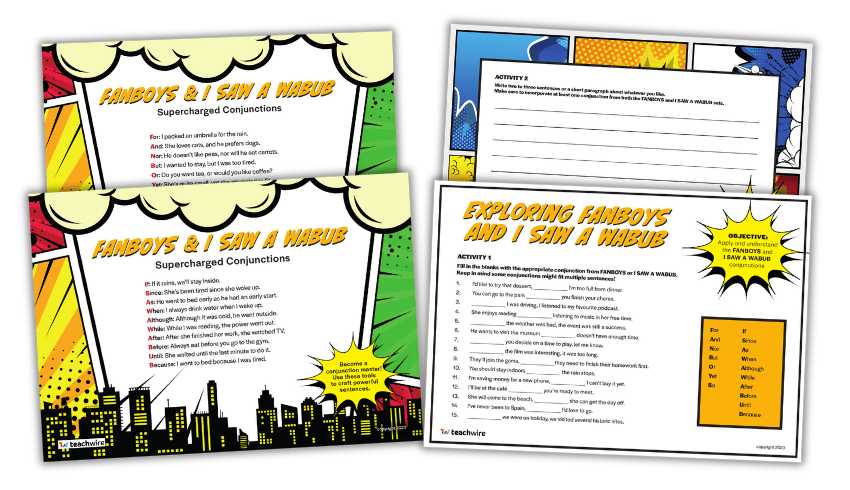
Click on the image above to download these posters and worksheets
Teaching I SAW A WABUB in class
To make it more engaging, introduce conjunctions as magical keys that open doors to new worlds of expression. Imagine a world where a ‘wabub’ is an enchanting creature, guiding children through the forest of conjunctions, helping them bridge their ideas.
“Imagine a world where a ‘wabub’ is an enchanting creature, guiding children through the forest of conjunctions”
Once you’ve introduced the acronym, play role-playing games where students use these conjunctions to create their own stories. Hand out cards featuring each conjunction and ask students to place them in sentences to make them more complex and rich.
- WABUB charades
Let kids act out the meaning behind conjunction-filled sentences - Music mashup
Rewrite popular song lyrics using as many conjunctions as possible - Conjunction chain
Start a story with a sentence. The following person adds on using a conjunction, and so on - Scavenger hunt
Find items around the room. All clues must be written in complex sentences - Conjunction comics
Create comic strips where characters speak using I SAW A WABUB conjunctions
Additionally, encourage students to create their own stories or comics using the acronym, adding a visual dimension to learning.
The key to effective teaching is repetition and practice. So, regularly revisit I SAW A WABUB in different contexts, such as through word games, writing activities and group discussions.
This will ensure students remember the acronym and effectively understand and apply the conjunctions in daily communication.
Summary
I SAW A WABUB arms students with the tools to construct flowing and resonating sentences. Encourage your students to think of it as a trusted sidekick in their writing adventures, guiding their pen and ensuring every idea finds its perfect partner.
To round up, I SAW A WABUB is more than just a mnemonic. It’s a tool that can bring sentences to life, making them dance with meaning and intention.
Emma Cate Stokes is a freelance writer and former primary teacher.


